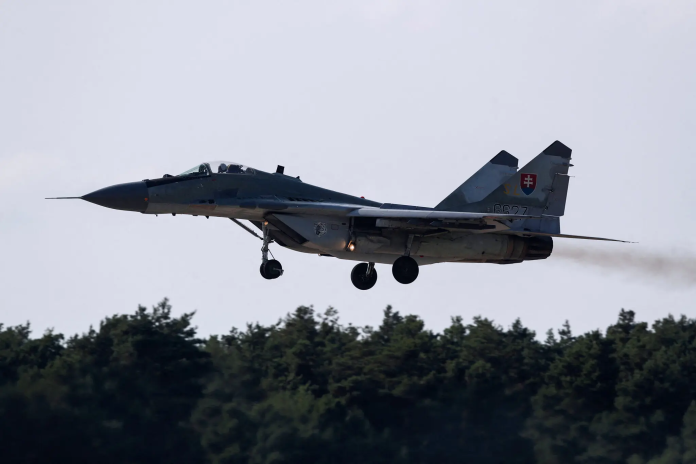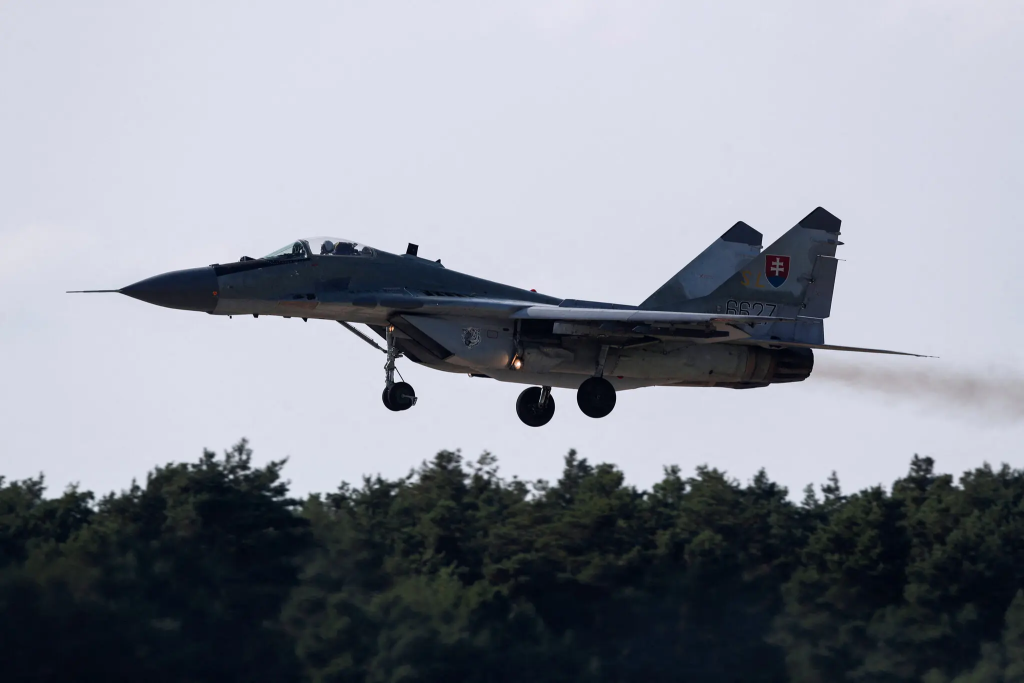
On Ukrainian frontlines, air strategy honed during the Cold War and Vietnam is being revamped with a twist. Ukrainian pilots flying Soviet-era jets are making daring “wild weasel” sorties aimed at disabling Russian air defenses. With the use of imagination and Western-supplied missiles, they’ve turned vintage jets into platforms for some of the most dangerous yet strategically vital missions in modern warfare.
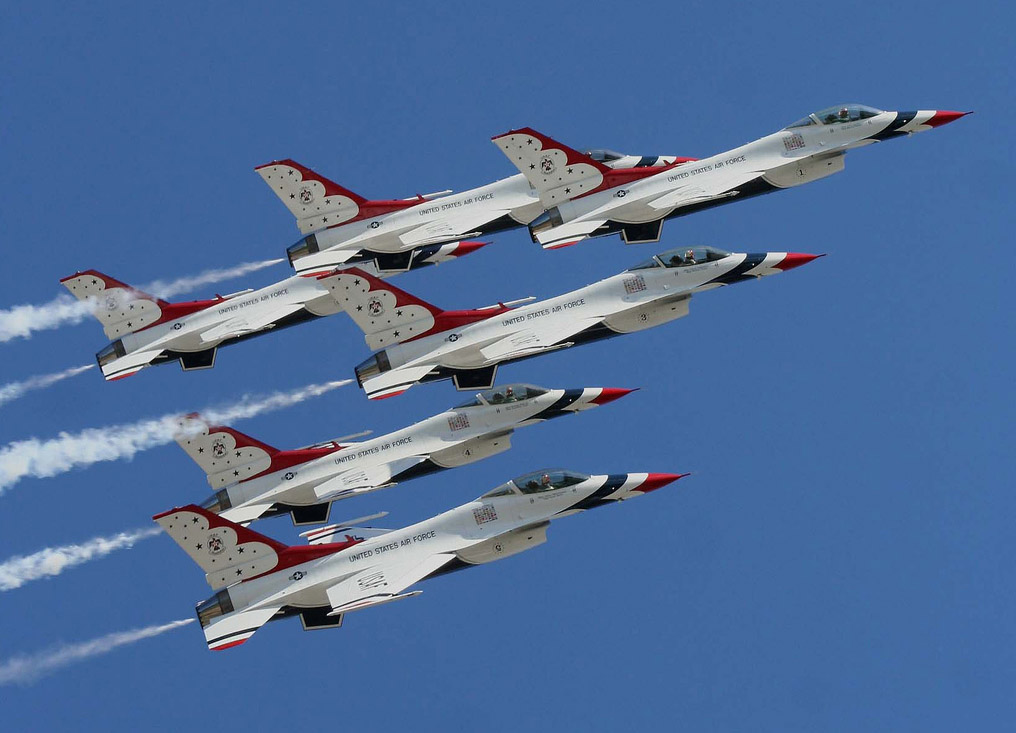
1. Revival of Vietnam-Era Tactics
The “wild weasel” strategy, originally crafted by the US Air Force during Vietnam, is now the linchpin of the air war in Ukraine. Such operations incites enemy anti-aircraft fire, monitors radar emissions, and destroys them before the systems can react in defense. The strategy had already been used in previous conflicts such as Libya, Iraq, and Yugoslavia and has proved its timelessness.
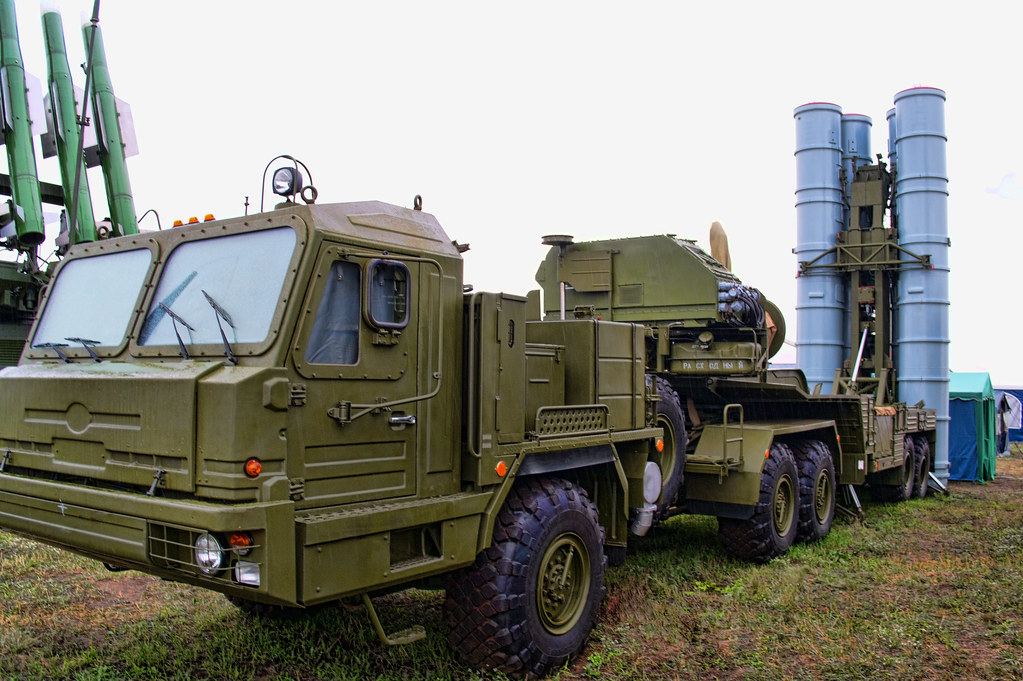
2. Learning from Western Doctrine
Experts such as Frederik Mertens of the Hague Centre for Strategic Studies cite Ukraine’s procurement of SEAD (Suppression of Enemy Air Defences) and DEAD (Destruction of Enemy Air Defences) as proof of Western military strategising. In spite of the riskiness of these missions, Russian ground-based air defences form one of the most significant obstacles for Ukrainian air superiority to conquer, making the risks worth it.
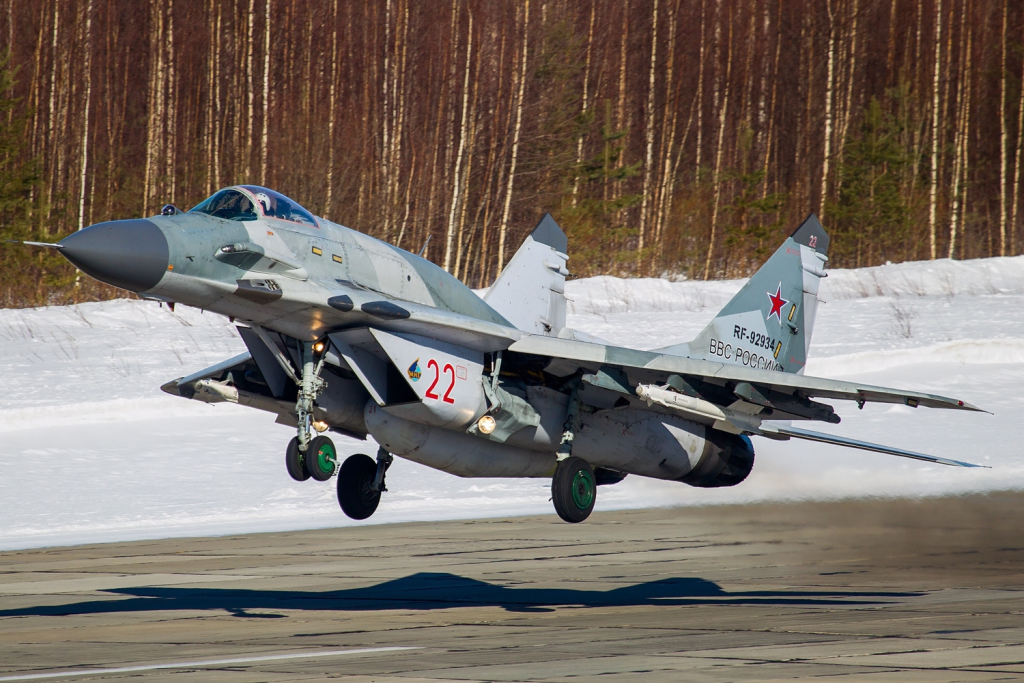
3. Ingenuity in Weapons Integration
One of the largest challenges facing Ukraine has been to adapt sophisticated US-supplied missiles, such as HARMs, onto Soviet-designed MiG-29 and Su-27 planes. Ingenious workarounds, such as the application of iPads to close the technology gap, have demonstrated speed and creativity.
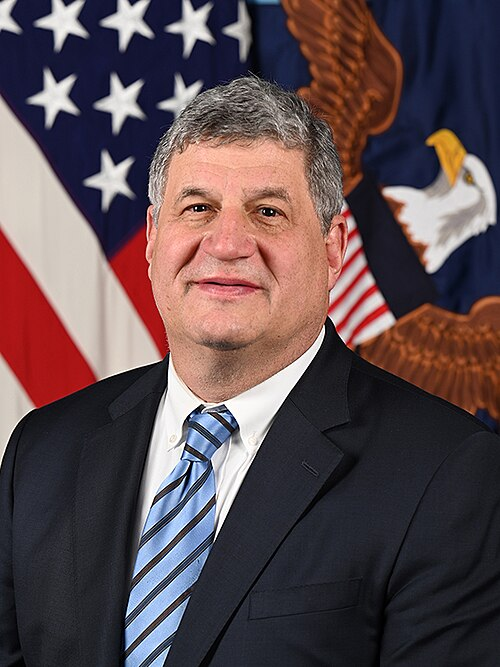
US officials, including Undersecretary of Defense William LaPlante, have praised Ukraine’s proficiency in adapting new weapons and placing them into productive operation within weeks.
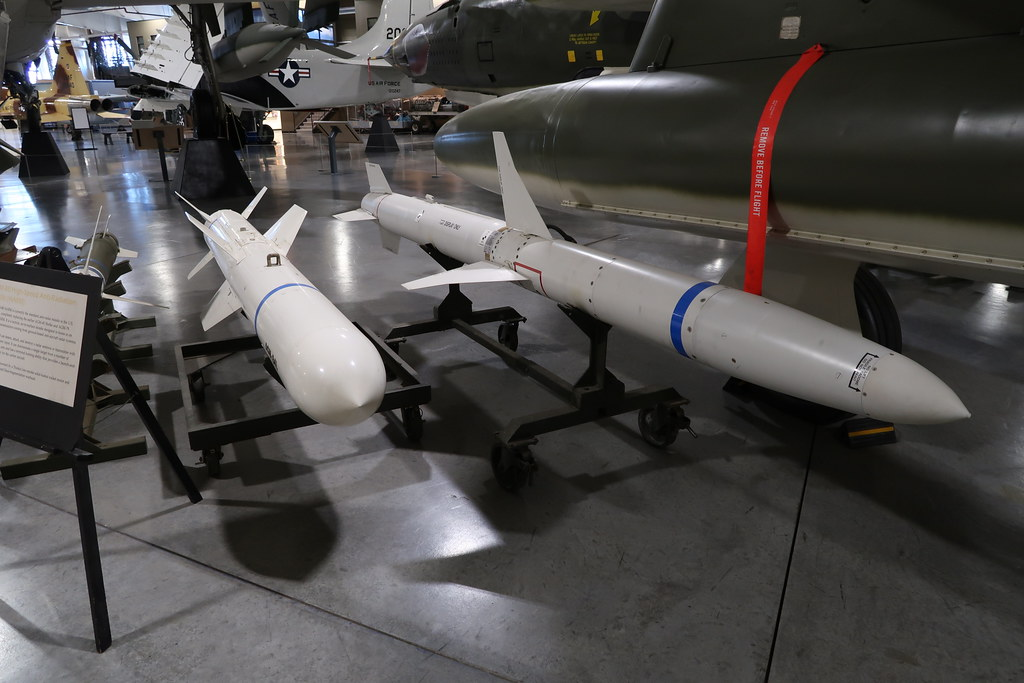
4. Shifting Tactical Role of HARMs
As described by Justin Bronk of RUSI, HARM missiles are used primarily in a suppressive capacity presently. By asking Russian radar operators to switch off their system and relocate, Ukrainian pilots create opportunities for other platforms to strike.
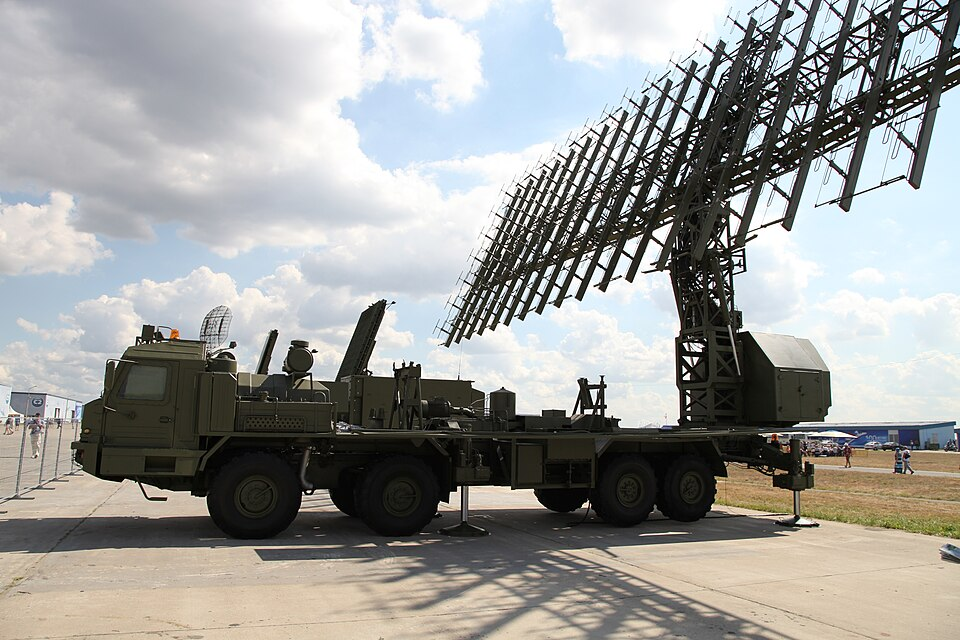
This new use also demonstrates the interplay between psychological pressure and actual battlefield effect.
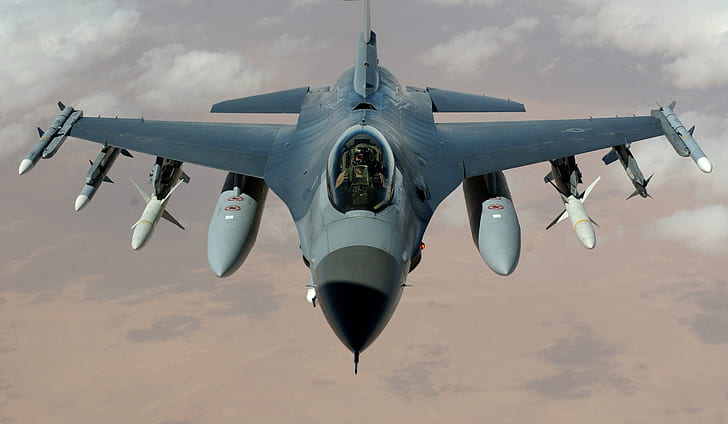
5. The F-16 Factor and Crimea’s Vulnerability
Further ahead is a boost for Ukraine’s air war with the addition of F-16 fighter jets from Denmark and the Netherlands. Small as the initial quantity might be, its impact could be revolutionary, particularly in Crimea.
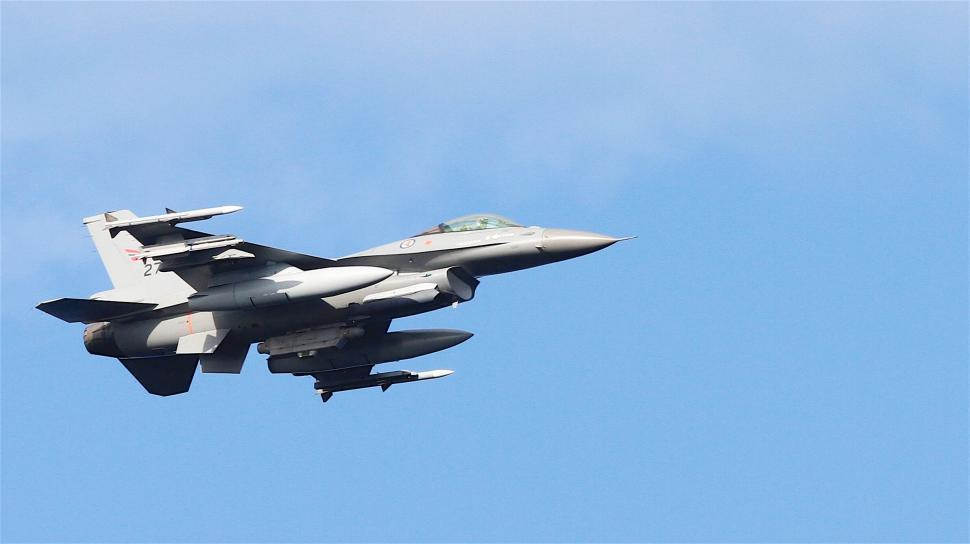
Constricted by limited maneuverability, reliance on the Kerch bridge, and high Russian political interests, the peninsula is a leverage point where cutting-edge airpower can alter the course of events. Ukraine’s reversion to guerrilla warfare reveals not only the imaginative skills of its military but also the eternal value of air suppression missions in modern war.
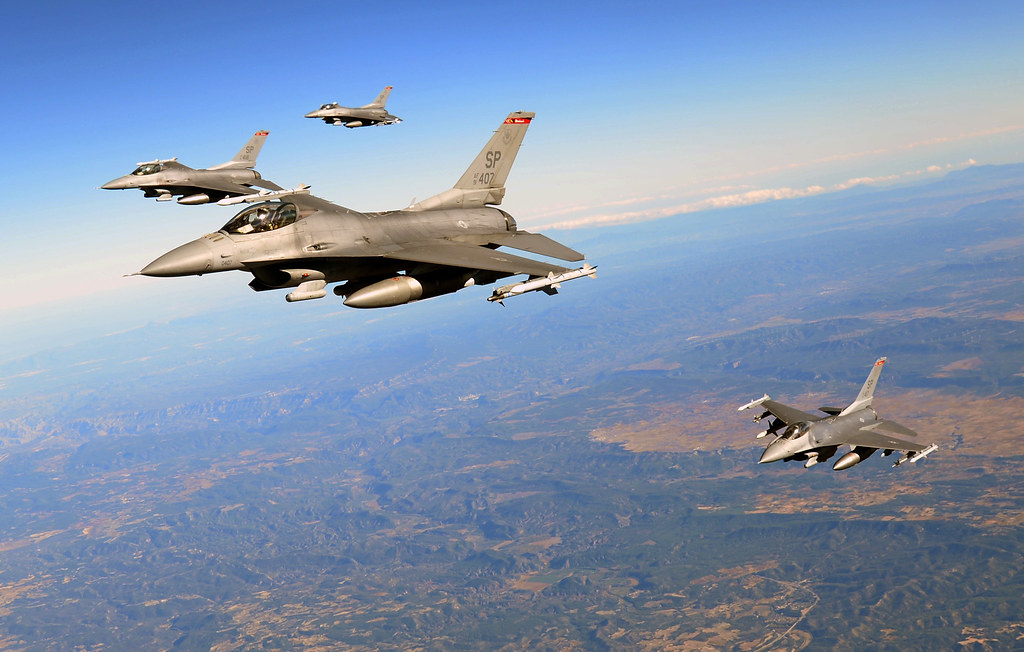
Ukrainian pilots, by adapting Soviet planes to Western ordnance, have demonstrated their ability to improvise in combat. With the F-16s en route, such operations could be even more strategic, especially in conflict zones like Crimea, where the arithmetic of air superiority could finally determine the victory.
